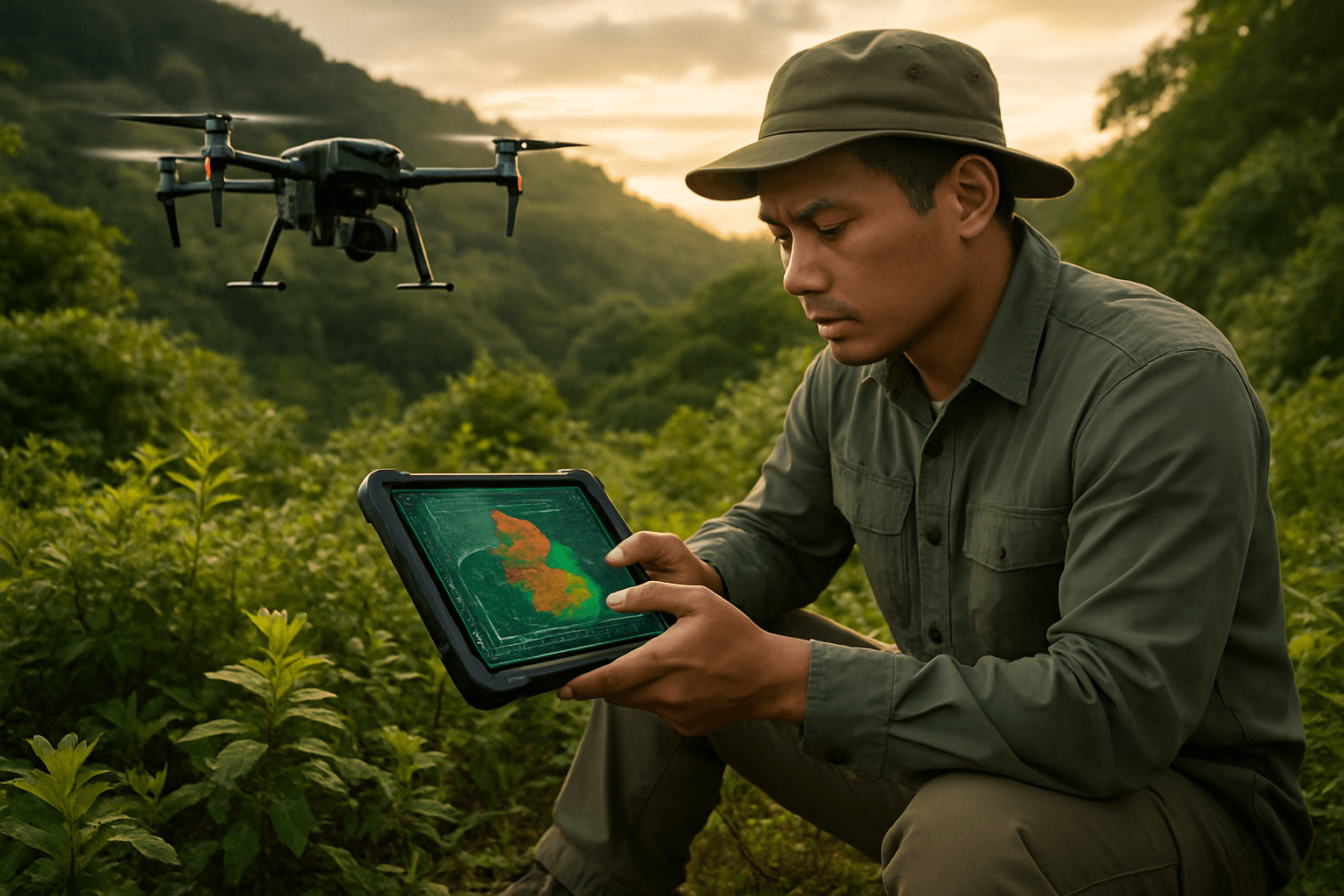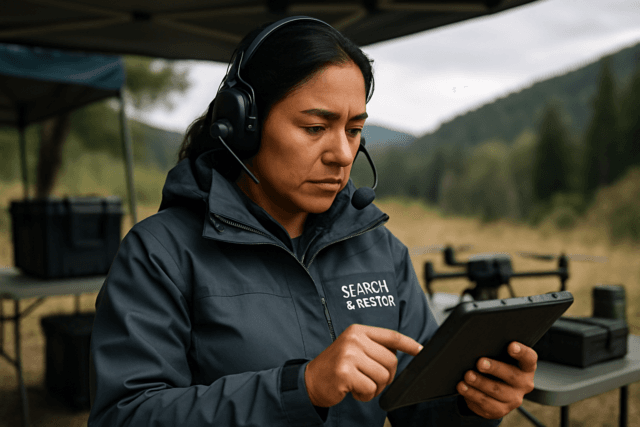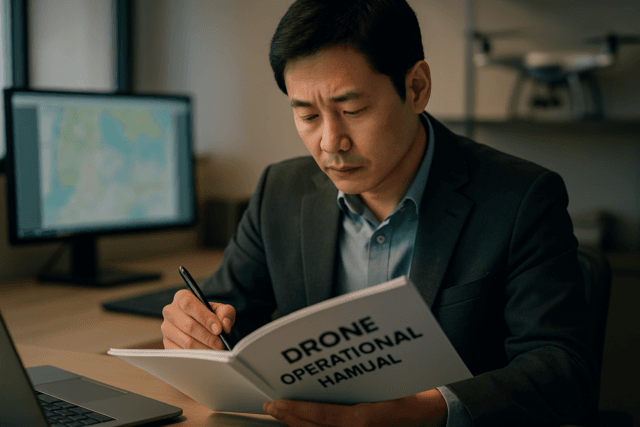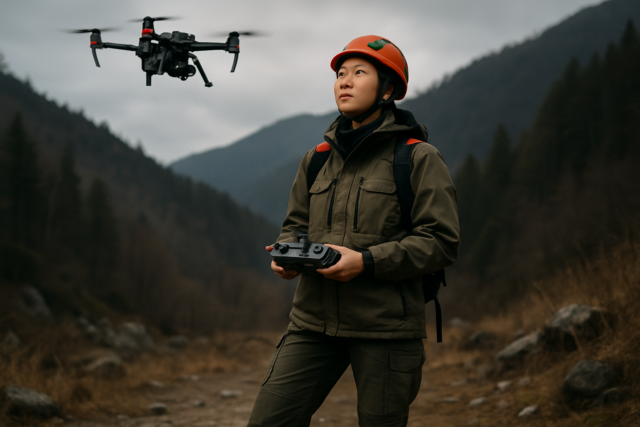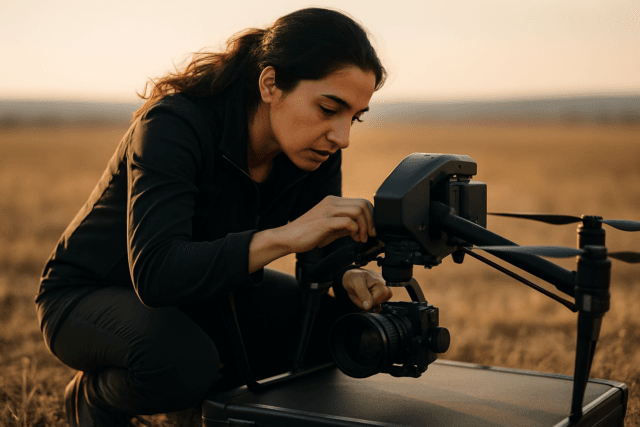The intricate web of life on Earth relies on biodiversity, and a crucial, yet often overlooked, component of this is genetic diversity within species. For endangered plant species, genetic diversity is their lifeline, providing the raw material for adaptation to changing environments, new diseases, and shifting climates. However, monitoring this diversity through traditional means is often labor-intensive, time-consuming, and can even disturb fragile habitats. Enter drones, or Unmanned Aerial Vehicles (UAVs), which are rapidly transforming the field of plant conservation, offering unprecedented capabilities for efficient, non-invasive, and data-rich genetic diversity monitoring.
The Imperative of Plant Genetic Diversity
Genetic diversity refers to the variation in DNA sequences within a species. This internal variability is fundamental to a species’ survival and evolution. For endangered plants, a narrow genetic base makes them highly vulnerable. Without sufficient genetic diversity, populations are less able to adapt to environmental stressors like drought, disease outbreaks, or rising temperatures. For instance, genetically diverse grasslands show better resistance against invasive plants and more stable biomass yields under weather stress. Conversely, a lack of diversity can lead to inbreeding depression, reduced fitness, and ultimately, a higher risk of extinction. Therefore, understanding and monitoring the genetic health of endangered plant populations is a cornerstone of effective conservation strategies.
Traditional methods for assessing genetic diversity in plants typically involve manual collection of samples, followed by laboratory analysis using techniques such as DNA marker analysis or amplicon sequencing. While effective, these methods often don’t scale well, are costly, and require adaptation for each species. Furthermore, accessing remote or hazardous locations can be difficult and disruptive.
Drone Technologies for Phenotyping and Genetic Insights
Drones equipped with advanced sensors offer a revolutionary approach to overcome the limitations of traditional monitoring. They can collect a wealth of data on plant phenotypes – the observable characteristics resulting from a plant’s genetic makeup and its environment. These phenotypic traits, such as plant height, canopy structure, leaf area, and even chlorophyll content, can be correlated with underlying genetic variations, providing indirect but powerful insights into genetic diversity and health.
Several key drone-mounted technologies are pivotal in this application:
Multispectral Imaging
Multispectral cameras capture images across several specific spectral bands beyond what the human eye can see, including visible light (red, green, blue) and near-infrared (NIR) light. Healthy plants, for example, reflect a large amount of near-infrared light while absorbing red light. Stressed or unhealthy plants show the opposite spectral signature.
- Vegetation Indices: By analyzing the reflectance in different bands, vegetation indices like the Normalized Difference Vegetation Index (NDVI) can be calculated. Higher NDVI values generally indicate denser, healthier vegetation. These indices help monitor plant vigor, detect early signs of stress, disease, or nutrient deficiencies, and assess chlorophyll levels. Such insights can indirectly indicate genetic robustness or vulnerability within a population.
Hyperspectral Imaging
Going a step further than multispectral, hyperspectral cameras capture data across hundreds of very narrow, contiguous spectral bands, providing a much more detailed “spectral fingerprint” of a plant.
- Detailed Plant Physiology: This rich spectral information allows for the estimation of various biochemical and biophysical traits, such as leaf pigments, water content, and nutrient levels, which are critical indicators of plant health and stress response. Variations in these physiological parameters across a plant population can be linked to genetic differences, helping researchers identify individuals or groups with higher resilience or specific adaptations.
LiDAR (Light Detection and Ranging)
LiDAR technology uses laser pulses to measure distances and create highly accurate 3D models of the environment, including detailed plant structures.
- Structural Phenotyping: LiDAR can penetrate dense vegetation layers, providing information on plant height, canopy density, individual plant or tree measurements, and overall canopy structure. Changes in these structural attributes over time can reveal growth patterns and health, which are often influenced by genetic factors. For instance, LiDAR can help assess biomass, an important trait often linked to genetic performance.
RGB Cameras for Visual Phenotyping
Standard high-resolution RGB (Red, Green, Blue) cameras capture visual images, allowing for detailed observation of plant morphology, population density, and visible signs of health or disease. While less informative than multispectral or hyperspectral data for physiological analysis, RGB imagery is valuable for mapping plant locations, measuring distribution, and creating 3D models of plant communities.
How Drones Aid Genetic Diversity Monitoring
Drones contribute to monitoring genetic diversity in several transformative ways:
- High-Throughput Phenotyping: Drones enable the rapid collection of phenotypic data across large plant populations, a process that would be exceedingly time-consuming and labor-intensive manually. This “phenotyping” allows researchers to assess a wide range of traits influenced by genetic makeup, such as growth curves, stress tolerance, and plant vigor.
- Access to Inaccessible Areas: Many endangered plant species reside in remote, rugged, or sensitive habitats that are difficult for humans to access without causing disturbance. Drones can survey these areas efficiently and non-invasively, providing crucial data from a safe distance.
- Environmental DNA (eDNA) Collection: A groundbreaking application involves drones equipped to collect environmental DNA (eDNA) from hard-to-reach areas like tree canopies. eDNA, comprising genetic material shed by organisms (e.g., skin cells, pollen, spores), can be analyzed in the lab to identify species present and infer biodiversity without direct contact. ETH Zurich researchers have developed drones with adhesive strips or robotic arms to collect eDNA samples from branches, revealing the presence of various organisms. This can help catalog and monitor biodiversity, offering insights into genetic presence even for elusive species.
- Long-Term Monitoring and Change Detection: Drones can repeatedly survey the same areas over time, creating time-series data that helps monitor changes in plant populations, health, and structure. This allows conservationists to track the effectiveness of interventions, observe adaptation (or lack thereof), and detect early signs of decline that might indicate a loss of genetic fitness.
- Integration with Genomics and AI: The vast amounts of data collected by drones can be integrated with genomic data and analyzed using machine learning and AI algorithms. This synergy can enhance the accuracy and efficiency of selection processes in breeding, correlate phenotypic observations with genomic markers, and identify genetic markers linked to traits like drought resilience. AI can sift through drone imagery, audio, and eDNA samples to flag potential species and identify hidden biodiversity that traditional surveys might miss.
Benefits Beyond Genetic Monitoring
The benefits of using drones in plant conservation extend beyond direct genetic diversity monitoring:
- Cost-Effectiveness and Efficiency: Drones can cover large areas quickly and efficiently, reducing the time, effort, and manpower traditionally required for field surveys. This translates to significant cost savings compared to manual scouting or manned aircraft.
- Reduced Environmental Impact: By minimizing the need for human access to sensitive areas, drones reduce disturbance to fragile ecosystems and endangered plants.
- Precision and Targeted Action: Drones provide high-resolution, real-time data that enables targeted interventions, such as precise application of water or nutrients, if needed for struggling populations.
- Mapping and Habitat Assessment: Drones can create detailed maps of vegetation cover and assess changes in land use, which is vital for understanding habitat health and fragmentation impacting plant genetic diversity.
Challenges and Future Outlook
Despite the immense potential, challenges remain in the widespread adoption of drones for genetic diversity monitoring. These include regulatory hurdles regarding airspace, the need for specialized technical expertise in operating drones and analyzing the large datasets they generate, battery life limitations for extensive missions, and the initial investment cost for advanced drone systems and sensors. Efficient data management and integration with existing conservation systems are also crucial.
However, ongoing advancements in drone technology, sensor capabilities, AI, and data processing are continually addressing these limitations. The ability of drones to collect high-resolution, multi-dimensional data, combined with cutting-edge genomic and AI analysis, positions them as indispensable tools in the urgent global effort to monitor and conserve the genetic diversity of endangered plant species. This technological synergy offers a powerful new hope in the race against extinction, providing the insights needed to protect the foundational building blocks of life on Earth.

